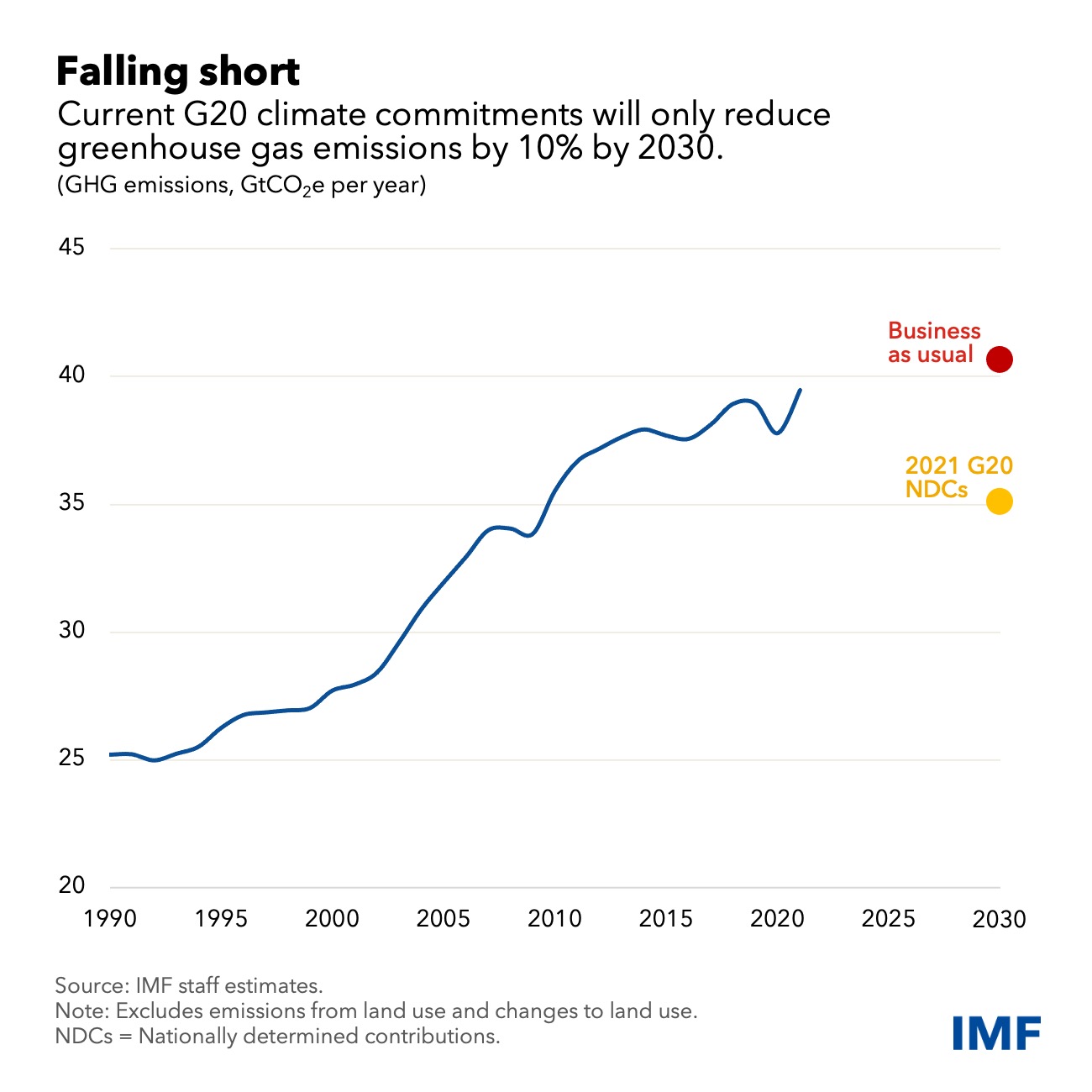Blog by John Boswell, Rikki Dean and Graham Smith: “..Modelled on the deliberative democratic ideal, much of the attention on climate assemblies focuses on their internal features. The emphasis is on their novelty in providing respite from the partisan bickering of politics-as-usual, instead creating space for the respectful free and fair exchange of reasons.
On these grounds, the Global Citizens’ Assembly in 2021 and experimental ‘wave’ of climate assemblies across European countries are promising. Participating citizens have demonstrated they can grapple with complex information, deliberate respectfully, and come to a well thought-through set of recommendations that are – every time – more progressive than current climate policies.
But, before we get carried away with this enthusiasm, it is important to focus on a fundamental point usually glossed over. Assemblies are too often talked about in magical terms, as if by their moral weight alone citizen recommendations will win the day through the forceless force of their arguments. But this expectation is naive.
Designing for impact requires much more attention to the nitty-gritty of how policy actually gets made. That means taking seriously the technical uncertainties and complexities associated with policy interventions, and confronting the political challenges and trade-offs required in balancing priorities in the shadow of powerful interests.
In a recent study, we have examined the first six national climate assemblies – in Ireland, France, the UK, Scotland, Germany and Denmark – to see how they tried to achieve impact. Our novel approach is to take the focus away from their (very similar) ‘internal design characteristics’ – such as random selection – and instead put it on their ‘integrative design characteristics’…(More)”.

